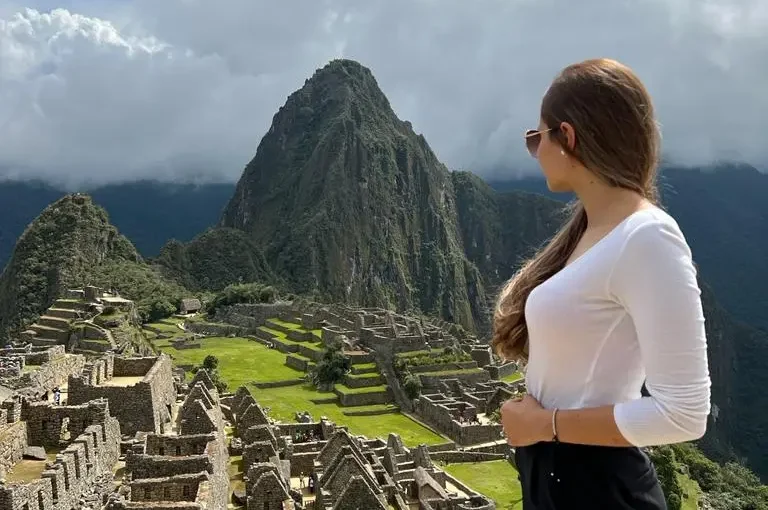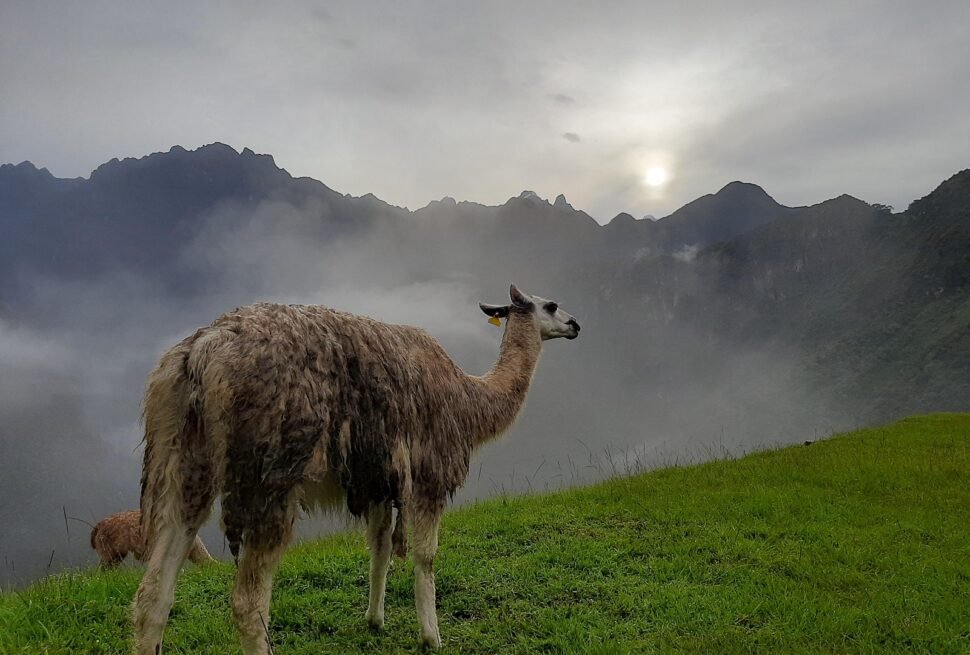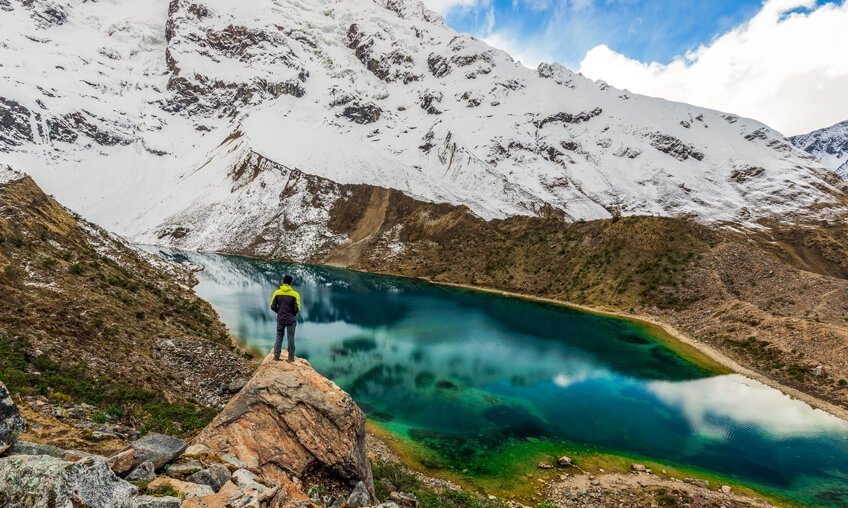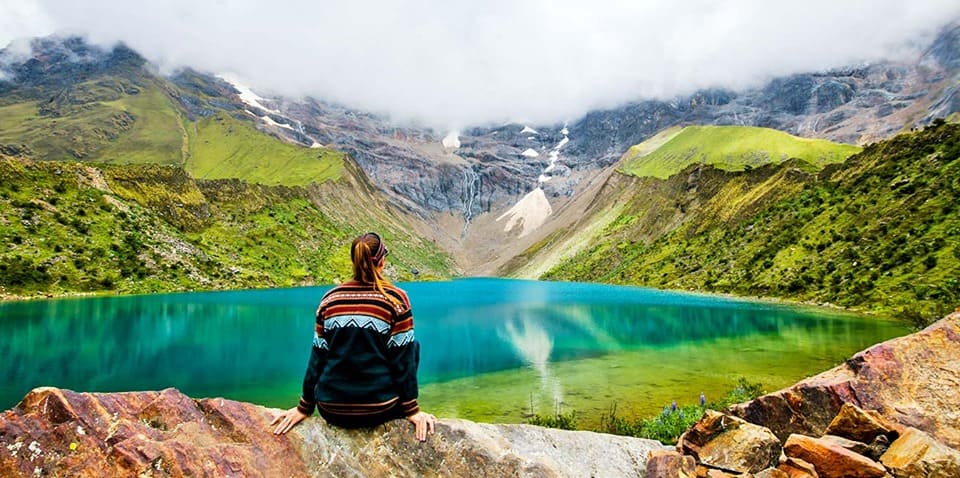Learn about the impressive reasons to visit Machu Picchu in the rainy season in our blog.
Visiting Machu Picchu is one of the things that many people want to do, but, many times your vacation does not fall in the dry months of Peru. But, that’s why we bring you this article where we explain the reasons why this season is also a good option to visit Machu Picchu.
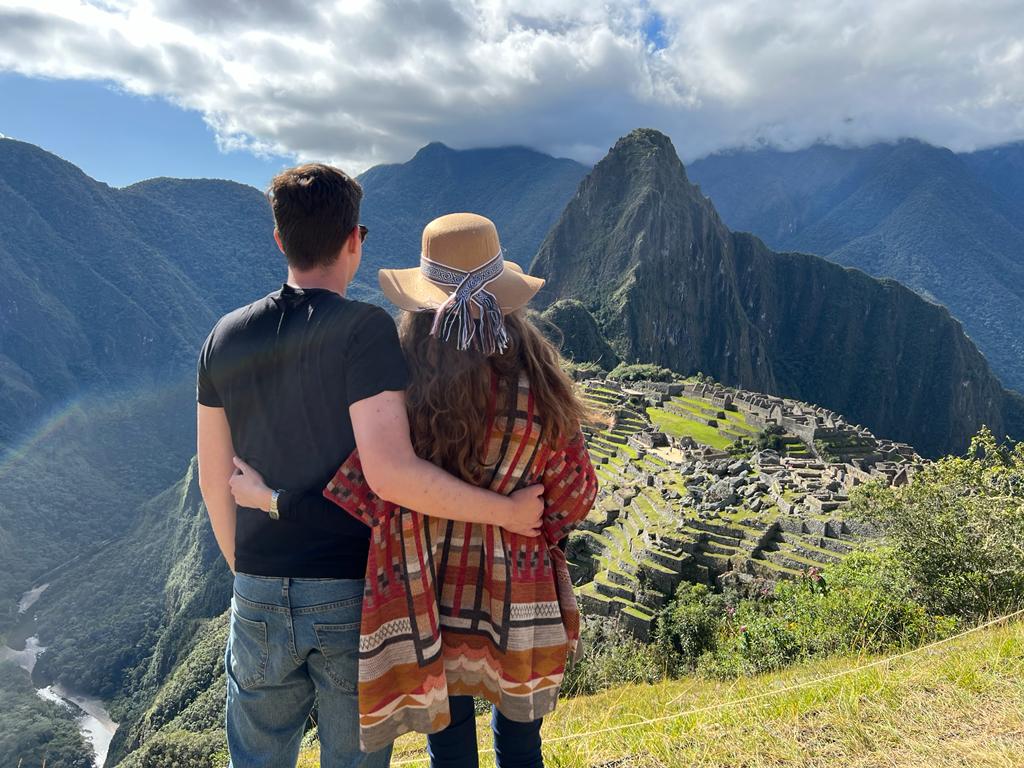
The rainy season in Peru
The rainy season is typically from November to March, where warmer temperatures are recorded with intermittent rains.
However, Peru has many climates that vary according to zone and altitude. The characteristic zones are: the coast, the jungle and the highlands.
In the Andes region (the highlands), there is little rain from May to October, but on the contrary, during December and March, the rainy season in Peru hits with January and February being the rainiest months.
Rainy season in Machu Picchu
The rainy season in the Peruvian Andes normally occurs between the months of November and April. Note that it does not rain ALL the time, although you should be well prepared for rain (see below for our top tips for this rainy season vacation).
During the rainy season, temperatures are considerably warmer at night, but cloudy skies and showers can make it feel quite chilly.
At this time of year, rain is more frequent and can sometimes be quite heavy; however, the showers are usually of short duration. Most often there is a heavy shower in the early afternoon or evening on most days, but the rest of the day can be sunny.
Myths of the rainy season in Machu Picchu
To begin with, let’s debunk some myths about Machu Picchu in the rain:
- You may have heard or read that Machu Picchu closes in February, but in reality, it is only the Inca Trail that is closed to visitors for maintenance. So don’t worry.
- Machu Picchu is open year-round, as is the train that takes you to the citadel.
- Although there have been reports of possible travel disruptions during the rainy season at Machu Picchu, over the last decade, train services have been disrupted only once due to flooding during the rainy season.
Why visit Cusco and Machu Picchu in the rainy season?
For a completely different experience of the Inca capital and its surroundings, we recommend Cusco in the rainy season. The rainy season in Peru lasts approximately from November to March, and of those months, February may be the best time to come.
With the Inca Trail closed, the number of daily visitors to Machu Picchu is greatly reduced, which means you can spend much more time communing with Inca history and enjoying the magnificent views. The fog that often envelops the site at this time of year only adds to the ethereal appeal of the site.
More than enough reasons to visit Machu Picchu in rainy season
1. Price
Low season means more bargaining power for tourists visiting Cusco and Peru, and some discounts on accommodation and food.
Being in the middle of the low season means you can get half price or discounted accommodations at some super low priced 5 star hotels.
2. It’s warmer
Cusco in February is the warmest time of the year. Alpaca blankets wrapped around your waist may be a dry season fashion statement, but you won’t find the need for them this time of year!
The days are warmer and more pleasant for sightseeing, despite the humidity.
Being located in the southern hemisphere, temperatures in Peru become warmer because the rainy season is basically summer. That means there is no need to worry about drastic weather changes.
In Machu Picchu, the last month of summer is February, which is also a humid month with a temperature that fluctuates between an average of 25°C (77°C) and an average of 13°C (55.4°F).
Also, keep in mind that in February in Machu Picchu, it rains for 18 days while in Cusco, rain falls for 13 days of the month.
3. No need to book in advance
Unlike the dry season, where visitors have to book and pay for tickets up to 6 months in advance (for the Inca Trail), during the rainy season in Machu Picchu it is possible to make a last minute reservation (or close to the date – approx. 4 – 6 weeks in advance), so you will have the opportunity to live a once in a lifetime experience without worrying about prior preparations.
4. Fewer tourists
If you don’t mind the rain, but want to avoid the crowds as much as possible, visiting Machu Picchu in the rainy season is an excellent time. In the busy sunny months of June through August there can be crowds here on the other hand, during the rainy season in Peru Machu Picchu, you will find yourself in a quiet and almost deserted world heritage site.
You can also have the option of having Machu Picchu almost without any tourist at the first hour.
5. The green color of the plants
The end of the rainy season in Cusco and Machu Picchu is one of the best times to appreciate the natural beauty of Cusco, as the valley turns a lush green. Also, due to bursts of sunshine and intermittent torrential rains, there is a good chance of seeing breathtaking rainbows over the Imperial City of Cusco.
6. Clean and fresh air
Did you know that when rain hits the air, a scent called “petrichor” is naturally produced? So if you want to feed your senses with this rich and delicious smell of rain on the earth – “petrichor”, save your place for the rainy season in Cusco Peru.
7. Visit unique festivities
Peru has an incredibly rich culture, with festivals and carnivals throughout the year. During these cultural celebrations, visitors and locals alike participate like there’s no tomorrow.
In February, it is common to see perfect strangers attack each other in the streets with water bombs, foam, eggs and more as part of the carnival. It is taken for granted that anyone who ventures out of their house is “playing”. There are no rules here.
Get a front row seat to a festival or cultural event in Peru with one of our cultural excursions in Peru.
What is the best time to visit Cusco?
Lucky for you we’ve written a comprehensive guide covering the best time to visit Cusco, including why it’s named after it, why June is a popular month to travel to Cusco, Cusco’s festival calendar – and of course, last but not least – what the rainy season is like in Cusco.
What is best time to visit Machu Picchu?
With the absence of rain and seeing Machu Picchu clear, for many the best time to visit Machu Picchu is in the dry season, that is, from May to October.
What about treks in the rainy season in Peru?
Most of them are closed for security reasons, especially the Inca Trail which is closed in February, but you can do other treks normally, but it can change due to weather conditions.
Trekking in rainy season vs. dry season
Outside the city of Cusco, temperatures and conditions can vary from those experienced in the city. The Sacred Valley is usually warmer than Cusco, as it is at a lower altitude, but it is also usually windier.
Most trekking routes pass through much higher elevations than Cusco, which means that temperatures are usually a few degrees cooler. During the wet season, when it rains in Cuzco or the Sacred Valley, you can expect snow at the higher elevations.
Packing suitable for the rainy season in Machu Picchu
Waterproof poncho: Comes in handy anytime. Make sure you always have one with you due to unexpected Machu Picchu rain.
Put on your boots: In the Andean region, most of the roads are stone and during the rainy season Machu Picchu roads will be wet and slippery.
Therefore, it is a good idea to bring waterproof shoes or non-slip boots, especially if you plan to explore the sites on foot.
Appropriate clothing for rain: Moisture-wicking clothing is made of fabrics that draw moisture away from the skin. Moisture is drawn to the outside of the fabric, which facilitates evaporation.
We recommend light, quick-drying clothing during the rainy season in Peru Machu Picchu is the most popular type of clothing due to the humidity and well, the possibility of being caught in a downpour!
Protective gear for your camera: If you are traveling to Machu Picchu in the rainy season, you may want to invest in a good rain cover, or a camera bag with rain protection. If you don’t want to lash out in the rain, a plastic bag will do to cover your camera or simply have an umbrella to keep it dry.
Plan extra time: We recommend that you arrange extra days in case heavy rains alter your schedule, but conversely, if there is not much rain during your trek, take advantage and enjoy the best of Peru during the rainy season.
This photo was taken during a visit to Machu Picchu in December, which means you can still have great weather during the rainy season.
Why visit Peru and Machu Picchu in the rainy season?
Obviously, visiting Machu Picchu during the rainy season in Peru can be a great experience! Less crowded sites, warmer time of the year and carnivals everywhere. In fact, rain is another magical element when thinking about the best time to visit Peru.

